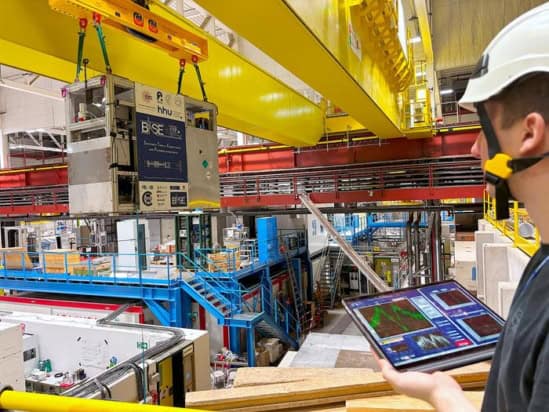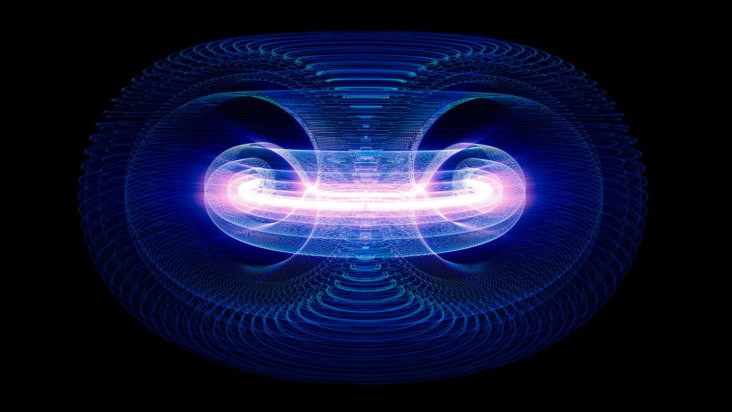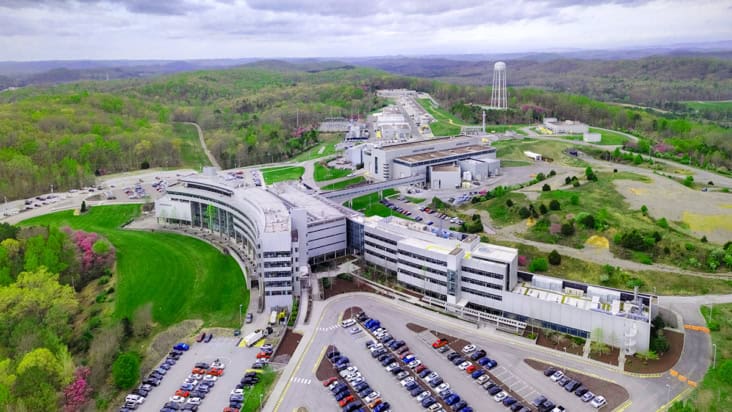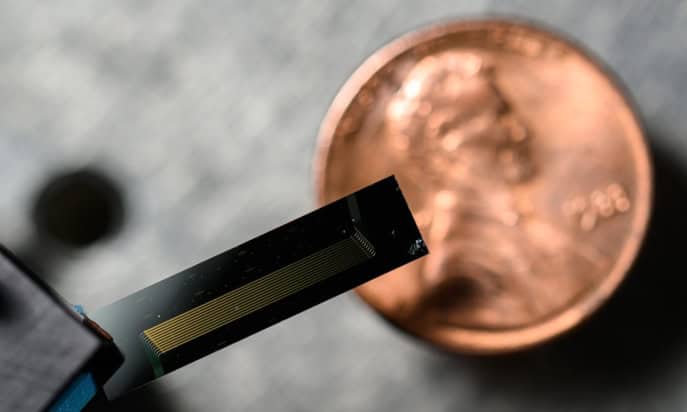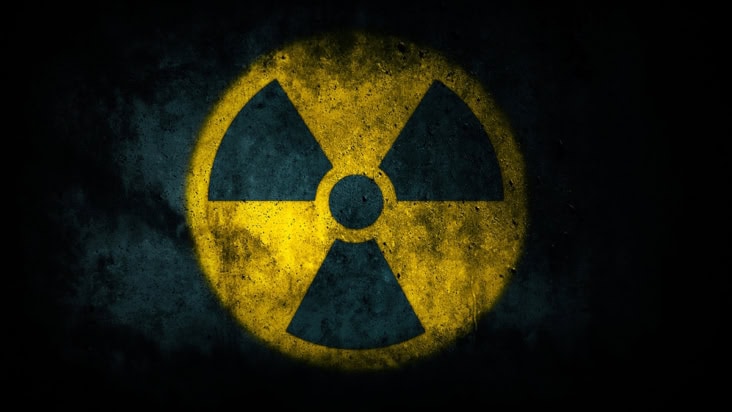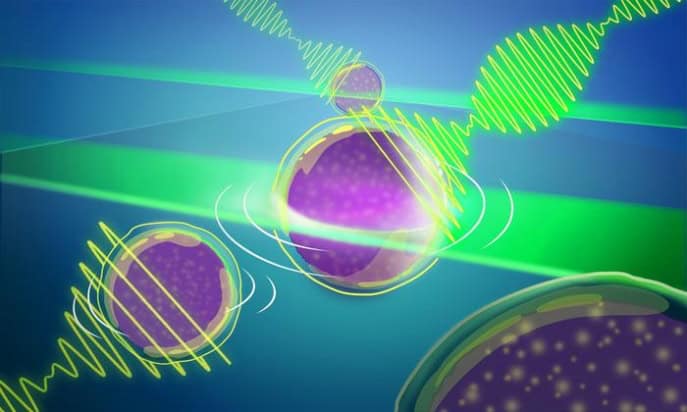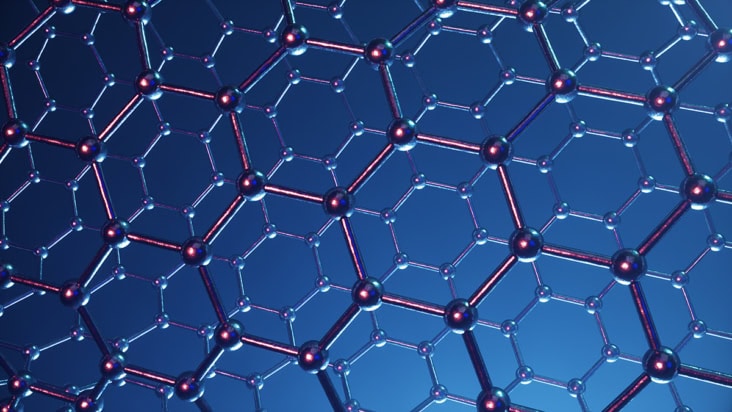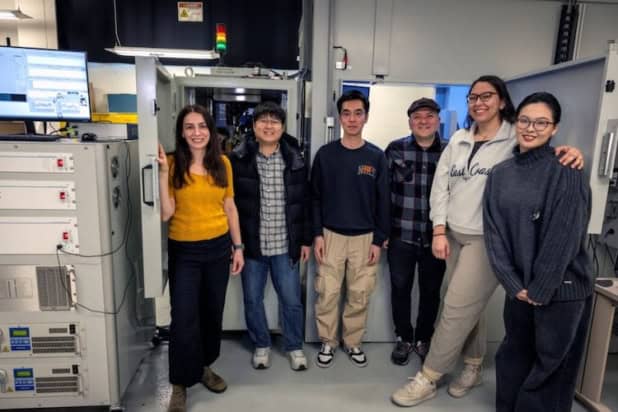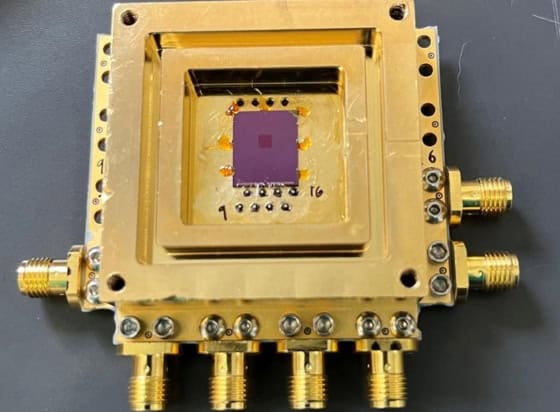Physics World Instrumentation & Vacuum Briefing 2025
Science is done in just about every corner of the globe but many researchers lack access to the cutting-edge instrumentation available at large facilities such as synchrotron light sources and neutron-science centres. Widening this accessibility is an important theme running through this free-to-read briefing. We look at how breakthroughs in laser technology could lead to lab-scale device for a wide range of scientific, engineering and medical applications. But sometimes it is not possible to shrink facilities down and researchers have no choice but to use major labs. In this briefing, Travis Humble of Oak Ridge National Laboratory in the US explains how the facility cooperates with academics, industry and other labs to ensure that its impressive array of instruments are best used in quantum science and technology. While it is unlikely that compact antiproton sources will be available any time soon, we explore how antimatter created at CERN will soon be trucked across Europe. In medicine, making diagnostic technologies more accessible can save lives, as Panicos Kyriacou, chief scientist at the UK-based start-up Crainio, explains.
Expand to full screen, bookmark pages or download a PDF to read offline using the icons beneath the screen. You can access the videos and audio clips if you read the e-magazine online. Read it now
Or you can read selected content from the Physics World Instrumentation & Vacuum Briefing 2025 in HTML format
Want even more from Physics World?
Get more from Physics World without waiting for the next issue. The same great journalism, but delivered to you daily. Read updates on the latest research as soon as they happen and access more than 25 years of online content, organized across 15 dedicated scientific areas. Visit the homepage to start exploring.

